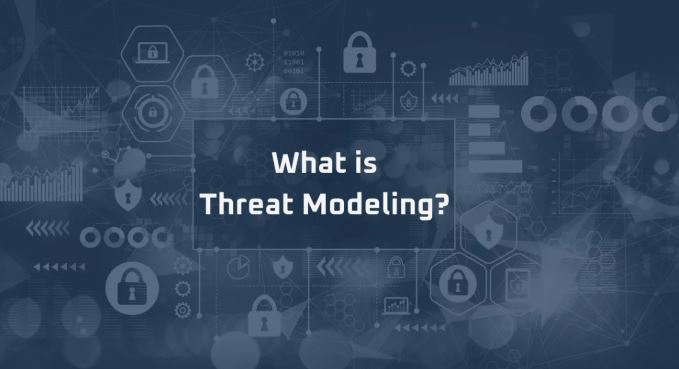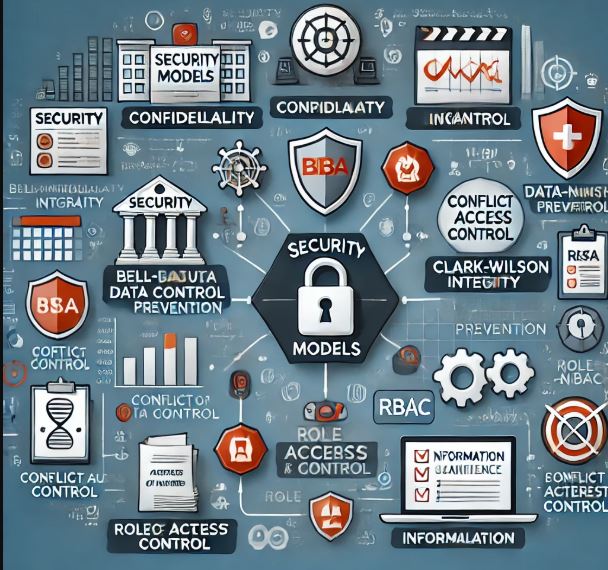Threat modeling is a proactive cybersecurity process used to identify, analyze, and mitigate potential threats before they can exploit system vulnerabilities. It helps organizations understand their attack surface, prioritize risks, and strengthen security measures.
1️⃣ Why is Threat Modeling Important?
✔️ Identifies security weaknesses before attackers exploit them.
✔️ Reduces risk by proactively addressing vulnerabilities.
✔️ Optimizes security investment by focusing on the most critical threats.
✔️ Ensures compliance with security regulations (e.g., GDPR, NIST, ISO 27001).
2️⃣ The Threat Modeling Process 🔄
Threat modeling typically follows these five key steps:
1️⃣ Identify Assets – What are you protecting? (e.g., data, applications, systems)
2️⃣ Determine Threats – What could go wrong? (e.g., data breaches, malware attacks)
3️⃣ Analyze Vulnerabilities – Where are the weaknesses? (e.g., unpatched software, weak authentication)
4️⃣ Prioritize Risks – Which threats have the biggest impact?
5️⃣ Implement Mitigations – How do you reduce risk? (e.g., encryption, MFA, firewalls)
3️⃣ Common Threat Modeling Frameworks 🏗️
Several frameworks help structure the threat modeling process:
🔹 STRIDE – Identifies six types of threats:
- Spoofing (Impersonation)
- Tampering (Data Integrity Issues)
- Repudiation (Denying Actions)
- Information Disclosure (Data Leaks)
- Denial of Service (Service Disruptions)
- Elevation of Privilege (Unauthorized Access)
🔹 DREAD – Evaluates risks based on:
- Damage Potential
- Reproducibility
- Exploitability
- Affected Users
- Discoverability
🔹 PASTA (Process for Attack Simulation and Threat Analysis) – Risk-based approach aligning security with business objectives.
🔹 Kill Chain – Focuses on the attack lifecycle from reconnaissance to data exfiltration.
4️⃣ When to Perform Threat Modeling? ⏳
🔹 During software development (Shift-left security approach).
🔹 When deploying new systems or applications.
🔹 As part of cybersecurity risk assessments.
🔹 Before major infrastructure changes or cloud migrations.
5️⃣ Who Uses Threat Modeling? 👥
💼 Cybersecurity teams – To assess and mitigate risks.
💻 Developers & DevOps – To integrate security in applications.
🏢 CISOs & IT Leaders – To align security strategy with business goals.
🚀 Final Thought:
Threat modeling helps organizations stay ahead of cyber threats by identifying risks before they become real attacks. By adopting frameworks like STRIDE or DREAD, businesses can prioritize security investments and minimize vulnerabilities.
💡 Have you implemented threat modeling in your organization? Let’s discuss! 👇
#ThreatModeling #CyberSecurity #RiskManagement #STRIDE #CISSP #InfoSec





